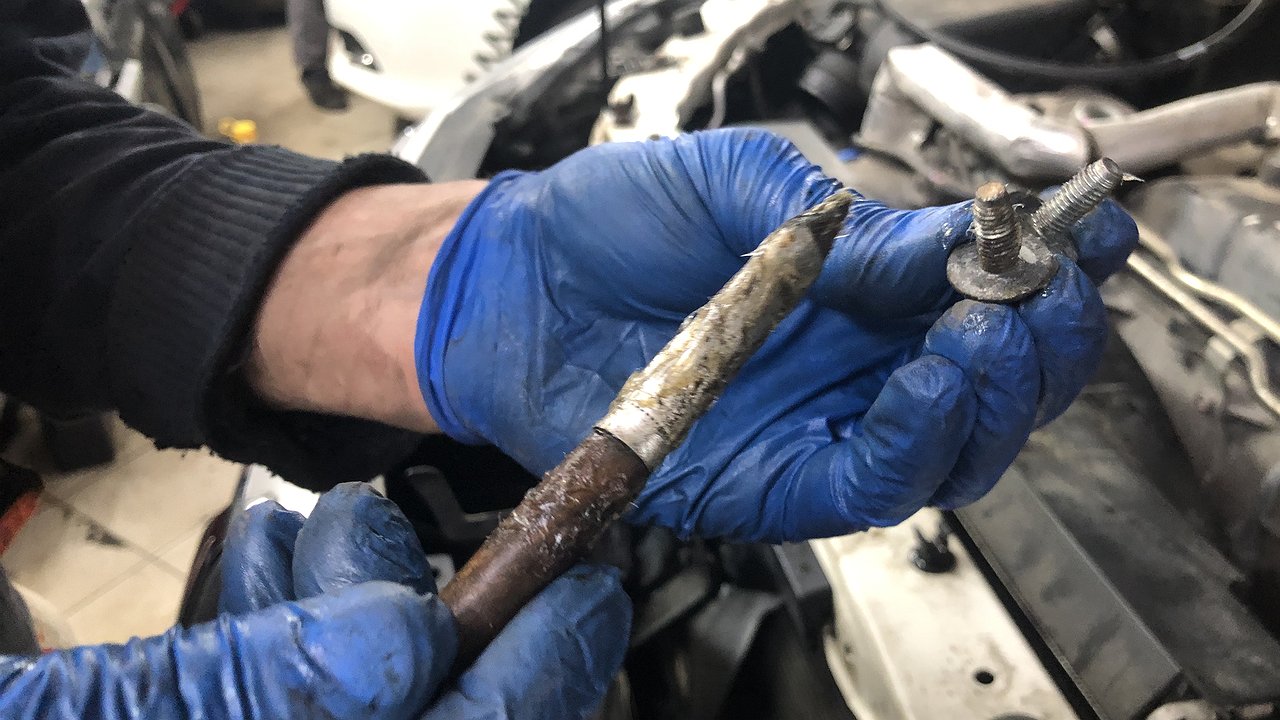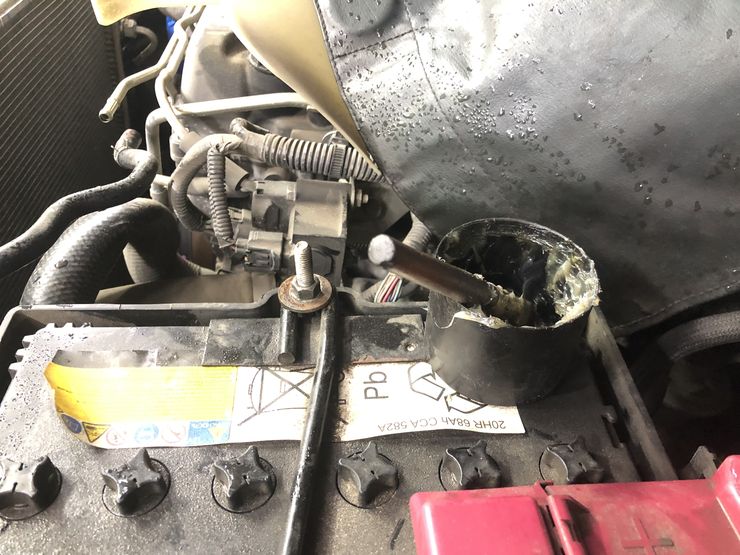Genuine Japanese cars, which are currently being imported to Russia in megatons, are experiencing a second youth here. Not only in Siberia and the Far East, but also on the roads of the capital, there are more and more JDM cars – the domestic market of Japan – which, according to legend, are much more reliable than local brand cars officially brought to Russia . However, the legend has very, very convincing confirmation.
Adepts of the German auto industry, brandishing an incredible number of parts bills, continue to call Japanese cars “soap dishes” and joke about the washing machine. It’s nice, of course, until you start looking for the right parts for your thoroughbred “German”, when the waiting time for some not the most popular elements is up to a year.
“Samurai” is not only cheaper to maintain and easier to find spare parts – the port of Vladivostok works like a steam boiler, unlike the Polish border – but also much more comfortable to maintain. This moment is usually decisive when buying a car with a steering wheel in the glove compartment. By the way, it is also put to the fore, talking about the differences between real Japanese cars created for use in Japan itself, and cars collected, for example, from us. The brand, model are the same, but there is undoubtedly a difference. But it is visible only during operation.
It is believed that cars made in Japan are painted better. A controversial story that has yet to be proven. There is also a myth that in the Land of the Rising Sun, the quality of manufacturing components and assemblies is, to put it mildly, different. But “proofs” on the life path have not yet come across. But there is one extremely important point that cannot be disputed. Despite all the treatments and coatings, the “Japanese” in Russia brutally rust. Sometimes the joints sour so that they become one whole, and it is possible to disassemble some knots, in the truest sense of the word, only with the help of an angle grinder, it is also a “Bulgarian”.
And here the global differences between JDM and “Japanese” cars made in other countries begin. If the letter “J” is in the wine code instead of the country of manufacture, then the screws are unscrewed, and the nuts are removed without effort and lubrication, even after decades of operation in Moscow, flooded with reagents. All fasteners most “dipped” in winter salt can be disassembled with a good wrench without a collar. Why?
The bolts themselves are anodized, sometimes you see a grease that is unprecedented in terms of resistance to washing out, which continues to do its job even after decades. How do you find one and lubricate the shear bolts on Mitsubishi Pajero Sport and Land Cruiser Prado made in Russia? They, like the rest of the fasteners, must be constantly disassembled and lubricated. Otherwise they will sour.
Japanese cars for Japan are made the same way, with the same patterns and along the same lines, but the little things that always hide the devil are so different that a right-hand drive car is many times more comfortable and easier to drive. operate. Especially when it comes to a long “living together” with one car. By the way, in Russia this is usually exactly what happens, so you can understand the owners of the “right-handers”. Especially if before that they had, for example, a “German”.
Adepts of the German auto industry, brandishing an incredible number of parts bills, continue to call Japanese cars “soap dishes” and joke about the washing machine. It’s nice, of course, until you start looking for the right parts for your thoroughbred “German”, when the waiting time for some not the most popular elements is up to a year.
“Samurai” is not only cheaper to maintain and easier to find spare parts – the port of Vladivostok works like a steam boiler, unlike the Polish border – but also much more comfortable to maintain. This moment is usually decisive when buying a car with a steering wheel in the glove compartment. By the way, it is also put to the fore, talking about the differences between real Japanese cars created for use in Japan itself, and cars collected, for example, from us. The brand, model are the same, but there is undoubtedly a difference. But it is visible only during operation.
It is believed that cars made in Japan are painted better. A controversial story that has yet to be proven. There is also a myth that in the Land of the Rising Sun, the quality of manufacturing components and assemblies is, to put it mildly, different. But “proofs” on the life path have not yet come across. But there is one extremely important point that cannot be disputed. Despite all the treatments and coatings, the “Japanese” in Russia brutally rust. Sometimes the joints sour so that they become one whole, and it is possible to disassemble some knots, in the truest sense of the word, only with the help of an angle grinder, it is also a “Bulgarian”.
And here the global differences between JDM and “Japanese” cars made in other countries begin. If the letter “J” is in the wine code instead of the country of manufacture, then the screws are unscrewed, and the nuts are removed without effort and lubrication, even after decades of operation in Moscow, flooded with reagents. All fasteners most “dipped” in winter salt can be disassembled with a good wrench without a collar. Why?
The bolts themselves are anodized, sometimes you see a grease that is unprecedented in terms of resistance to washing out, which continues to do its job even after decades. How do you find one and lubricate the shear bolts on Mitsubishi Pajero Sport and Land Cruiser Prado made in Russia? They, like the rest of the fasteners, must be constantly disassembled and lubricated. Otherwise they will sour.
Japanese cars for Japan are made the same way, with the same patterns and along the same lines, but the little things that always hide the devil are so different that a right-hand drive car is many times more comfortable and easier to drive. operate. Especially when it comes to a long “living together” with one car. By the way, in Russia this is usually exactly what happens, so you can understand the owners of the “right-handers”. Especially if before that they had, for example, a “German”.
Source: Avto Vzglyad
Donald Salinas is an experienced automobile journalist and writer for Div Bracket. He brings his readers the latest news and developments from the world of automobiles, offering a unique and knowledgeable perspective on the latest trends and innovations in the automotive industry.














